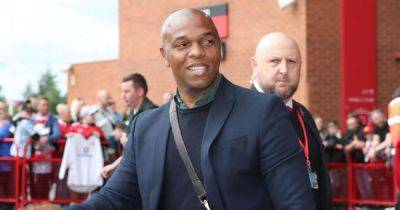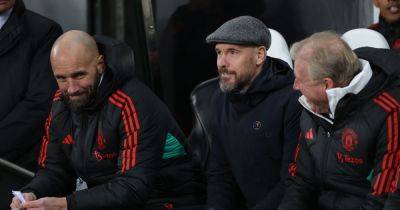Turnstiles to Taylor Swift - Why 'Wembley of the North' is vital to Manchester United revolution
While matchday revenues have continued to rise for Manchester United year after year, the experience has not been raised.
A look at United’s ‘big six’ rivals of Arsenal, Chelsea, Manchester City, Liverpool and Tottenham Hotspur, and most have made the move to either invest in current stadia and raise them to a world-class level or start from scratch to create their own purpose-built home with the capacity to be monetised and in use for more than just a matchday. The state of Old Trafford, with its tired appearance and leaky roof, has come to be symbolic of the way the Glazer family has run the football club.
Success on the pitch has been limited in the post-Sir Alex Ferguson years, and while transfer funds have been provided, a lack of strategy has hamstrung the football club’s plans. Dividends have been paid out, but in terms of a lasting investment into the bricks and mortar of the club, its absence is telling.
READ MORE: How a new Old Trafford will benefit United on the pitch and off it
READ MORE: United heading towards a civil war as Old Trafford plans debated
For the 2022/23 financial year, United’s matchday revenue was £136.4m, an increase of £25.9m, largely due to playing seven more home games across all competitions, together with strong demand for hospitality offers. With the biggest stadium in the Premier League at a 75,000 capacity, 13,000 bigger than the next largest, West Ham United, it is easy to see that given the demand has always outweighed the supply, pulling in big sums without investment has been easy work.
Football is changing, though. Supply and demand are of course the major drivers, and with United’s capacity being the largest it is an easier task. But with financial controls starting to







